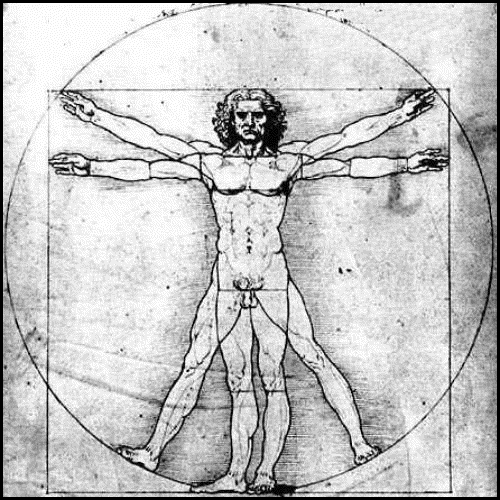To the Brain
A Neurologist's Search
For the God Experience
Kevin Nelson
(Dutton)

Nelson prefers "REM intrusion," REM being the rapid-eye movement that accompanies dreams. And he has studied REM and OOB intensely ... either in his own laboratory or in the abundant medical literature, mostly investigations by neurologists.
Nelson's theme might be characterized as "if you think you are having a spiritual experience you shudda stood in bed." In the laboratories of Nelson and his fellow neurologists, they plumb skulls (of the living, not the dead), stick probes in their brains (the brain feels no pain), and then ask people what flashes through their minds when they are being pegged in, say, the locus coeruleus, or the hippocampus, or the "temporoparietal junction brain region."
Many of Nelson's theories come from this probing, and the responses from his patients which included what they think of as out-of-body or near-death experiences. In reference to the latter, he suggests that even the phrasing may be wrong: people can be "clinically dead" but not "brain dead." "The brain is nowhere near physically dead during near-death experiences. It is alive and conscious," he writes (emphasis his).
- It is true that the precise magical moment of brain-death may elude us, or it may not even exist, or it may not be important.
There comes a point of no return in the last moments of life, he writes, but that occurs when every cell in the brain literally ruptures: "Brain death happens by the death of cells." This critical moment happens when "100 billion brain cells reach a point where they have ruptured." That's it.
Thus, all those we-thought-we-died-and-went-to-heaven experiences that you and I might have had, or that we have read about, or our friends have told us about, can be explained cooly, scientifically. And thus shot down.
A chart on page 218 summarizes Nelson's theories about these disjunctive states. The chamber or palace or long tunnel with a bright light at the end? It's caused by "low blood flow to the eye's retina," which is common when there is a sudden drop in blood pressure.
You're lying in your bed, fully awake, but your body does not respond to your commands to move a finger, open an eye, even twitch. The movelessness is nothing but, he tells us, "REM paralysis;" that is, the intermediate state between sleep and wakening which is guided by the limbic system of the brain. Nelson calls it "temporoparietal REM deactivation," bodily paralysis accompanied by "lucid dreams."
He reports a study done at Stanford University where medical instruments were connected to subjects that could record "brain waves, eye movements, breathing, and muscle tone." Using codes, he was able to communicate with his patients when they were deep in REM state. His conclusion,
- the more lucid the dream, the more active the dorso-lateral profrontal brain.
"Since lucid dreaming can be learned, turning on the dorso-lateral brain seems to be at least somewhat under our control." In other words, it can be measured ... so it is not what you think it is. If you want to call it spiritual, you can do so. But, he says, because of his experiments, and the experiments of dozens of other scientists, and even though you and I may think we've managed to get touch with the divine, the gods, or with Shiva, in reality, it's all up there in the medulla cupola.
I'm not so sure how to react to all this scientific mumbo-jumbo. I've had some dandy trips out of my body over the years: I wake in the frozen state where even to jiggle a toe or wiggle my ears is impossible.
At one time these frozen awakenings scared the bejesus out of me, but this was years ago. When I read up on it (mostly in Robert Monroe's excellent Journeys Out of the Body,) I found that I had chanced into "the hypnogogic state." Which sounds somewhat more poetic than "REM intrusion."
Monroe advised readers not to fight it ... just to stay with it. If you're afraid of getting lost out there, he said, don't fret: you'll get back. (I got lost a couple of times, too; took his advice; turned around, got home again in a jiffy.)
Monroe said that it had to do with the "aetheric body," the one that surrounds (roughly) this other "real" body. He advised us to rotate this other body around the spine ... and see what comes up.
The next time I woke in the freeze-dry state I did just what he said, rotated the "aetheric" body around the spine "just as if," I wrote later, "I were a pig on a spit." Zounds. Instead of lying there in panic, I took off into hyperspace, streaming into the stratosphere like a rocket just out of Cape Canaveral. "It was like being bathed in diamonds," I told friends later.
Now Nelson wants to convince me it's all in the brain-box. Well ... if he says so, OK. But he's not going to convince me that it is merely something to do with the intrinsic vibrations in my amygdala, whatever that may be. Like Monroe, I don't have to invoke the gods to explain it, but I suspect it might have something to do with things a bit more daunting than just the pre-frontal electronic circuits with their earth-bound, dreary interconnects.